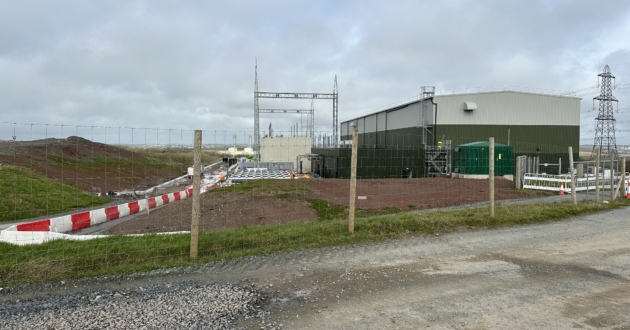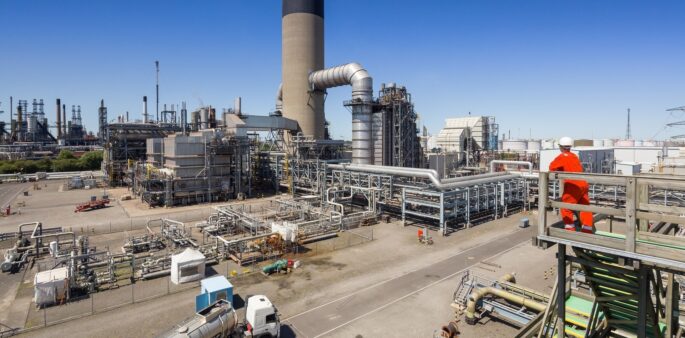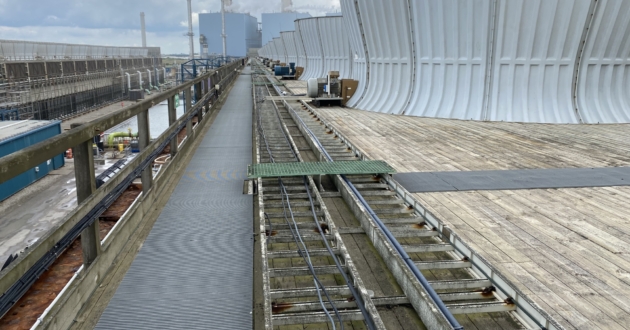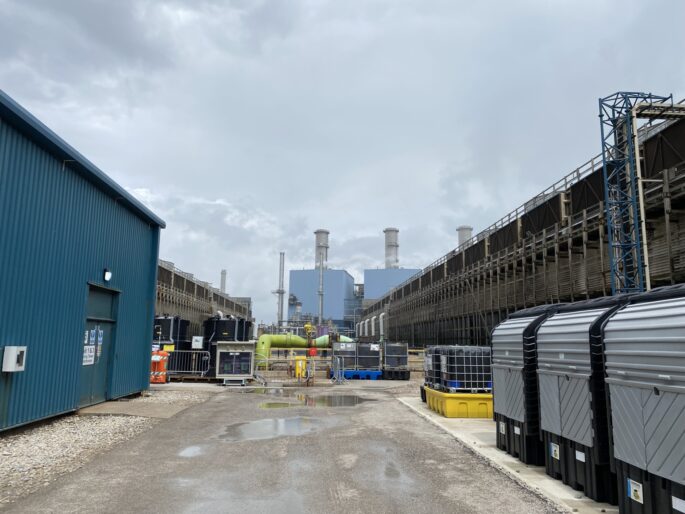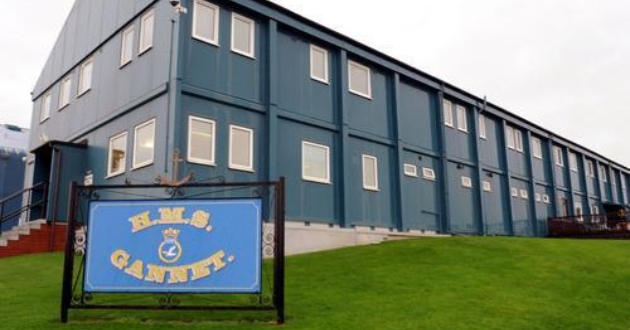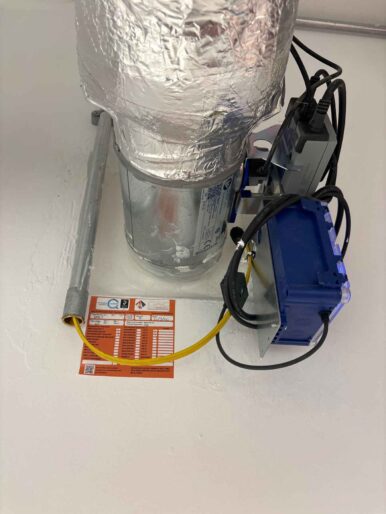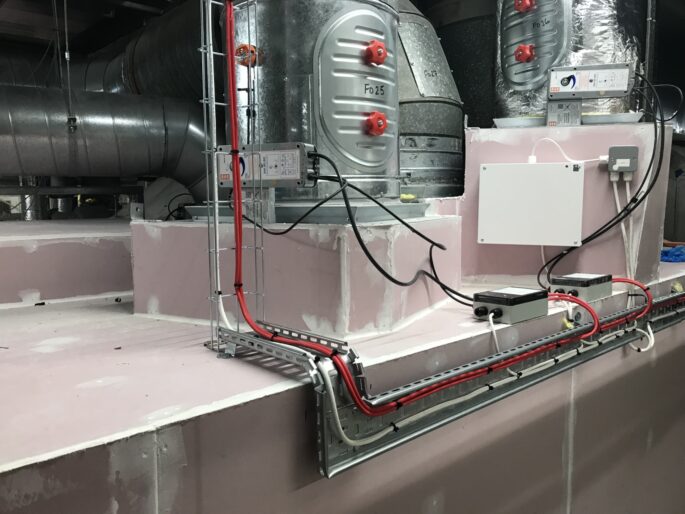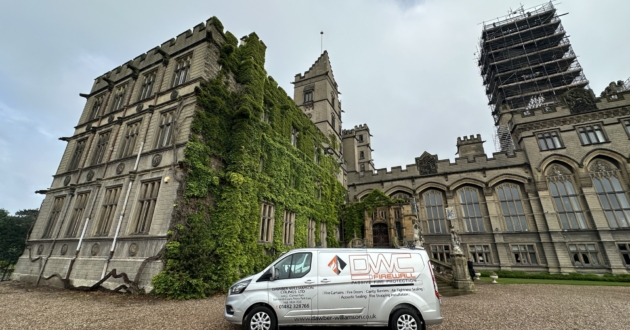
Fire Stopping - Passive Fire Protection
As its name suggests, Fire Stopping or Passive Fire Protection (PFP) is a form of fire safety provision that remains dormant, or inert during normal conditions but becomes active in a fire situation. It is an integral component of structural fire protection in a building, which is designed to contain fires or slow their spread. The purpose of PFP or "Fire Stopping" as it's commonly known, is to contain the spread of fire for sufficient time to permit i) the safe evacuation of all occupants of the premises and ii) the arrival of the fire brigade.
Fire Compartmentation Surveys
Ensuring appropriate fire separation throughout a building is one of the most effective but often least considered means of protecting premises and their occupants. As part of our Passive Fire Protection service we offer a non-invasive and where required, invasive, surveys to check not only that compartmentation exists but that it is suitable for the circumstances.


Fire Curtains
There is a difference between Fire Curtains & Fire Barriers in both application & product type. Fire curtains are mainly used in areas where it is either impractical or not feasible to install a traditional firewall either out of a drylining or brick or blockwork due to either a buildings fragile ceilings, above shop fronts and walkways that are unable to support excessive weights or major construction works.
In these instances, the Fire Curtain is an ideal solution as it provides a light weight easy to install Firewall barrier which will prevent the spread of fire and smoke and maintain the buildings intended fire strategy compartmentation line.
Fire Barriers
Fire Barriers tend to be used in areas such as below raised access flooring, buildings cavities and small voids above ceilings, Cavity Barriers maintain the buildings intended fire Compartmentation line and provides excellent passive fire protection stopping the spread of flame & smoke through small voids and cavities.
Fire Barriers products are an ideal system to install where traditional building construction products would not be suitable. There are various types of fire barriers providing several levels of fire integrity and insulation depending on the project specifications.


Fire Doors
Regulation
10 is now enforced in England. All
fire doors in residential buildings over 11m need to be inspected four times a
year.
Every component of a fire door is subject to regulation under Approved Document B and following incorporations. In January 2023, regulations changed to give landlords and building owners more ownership over the safety and integrity of fire doors. For example, communal fire doors must be inspected at least every 3 months and Front Entrance Doors (FEDs) should be checked on a yearly basis.









